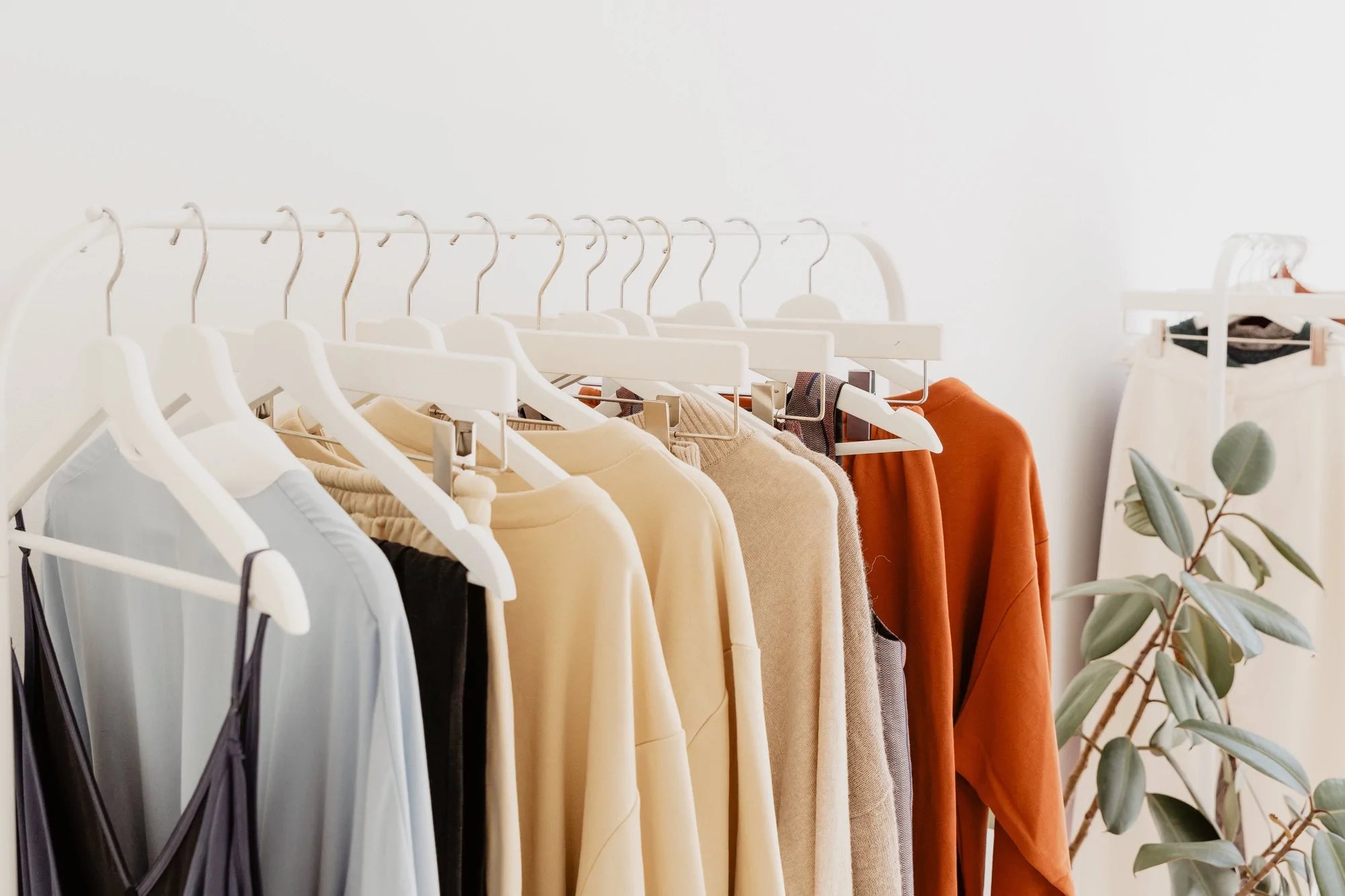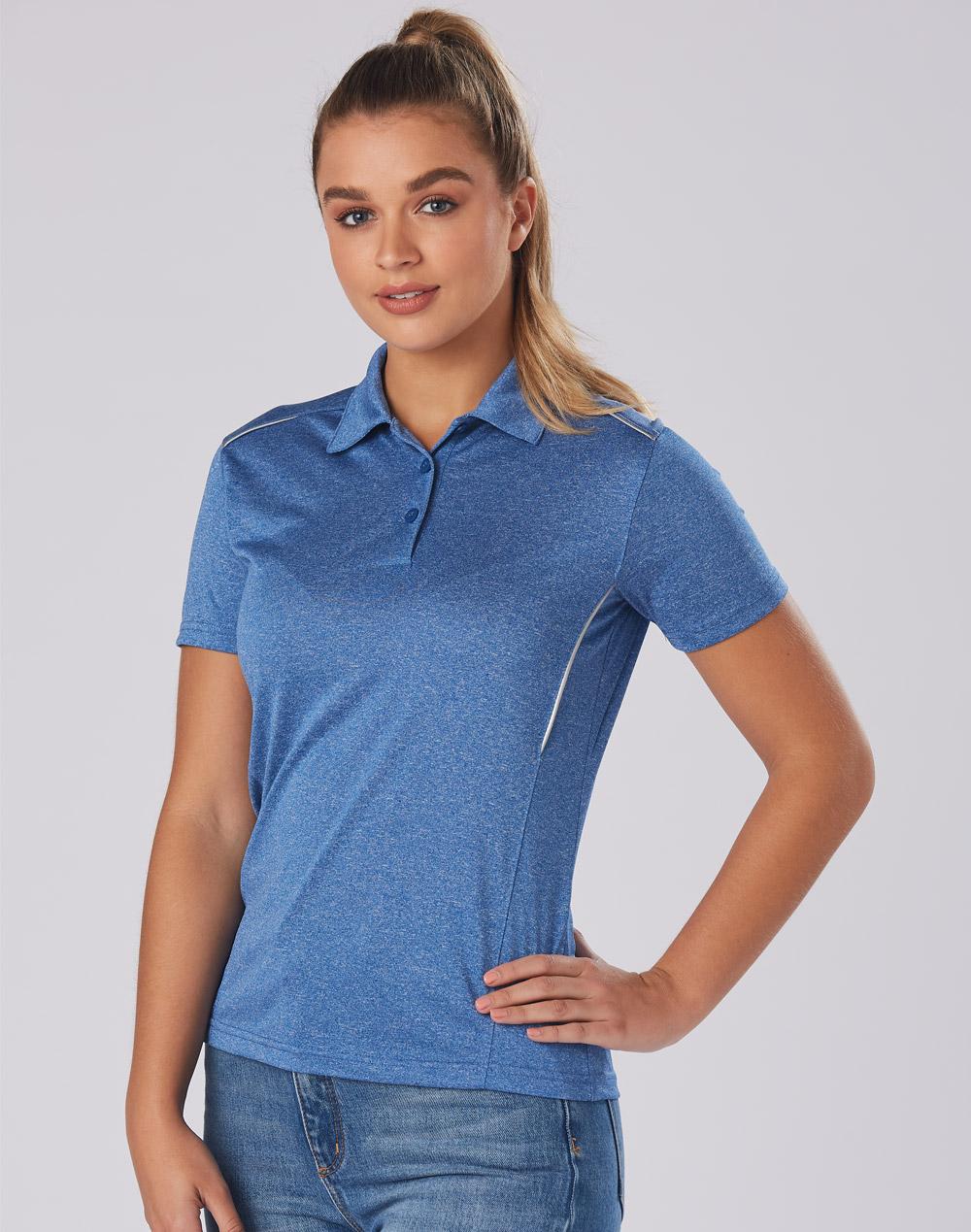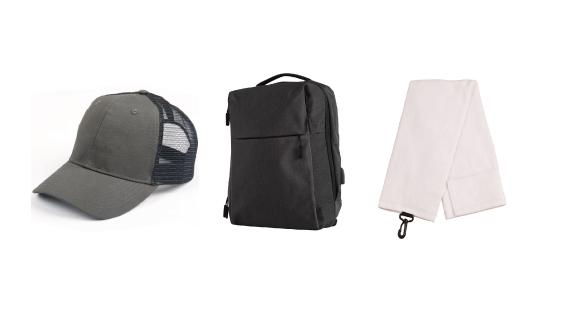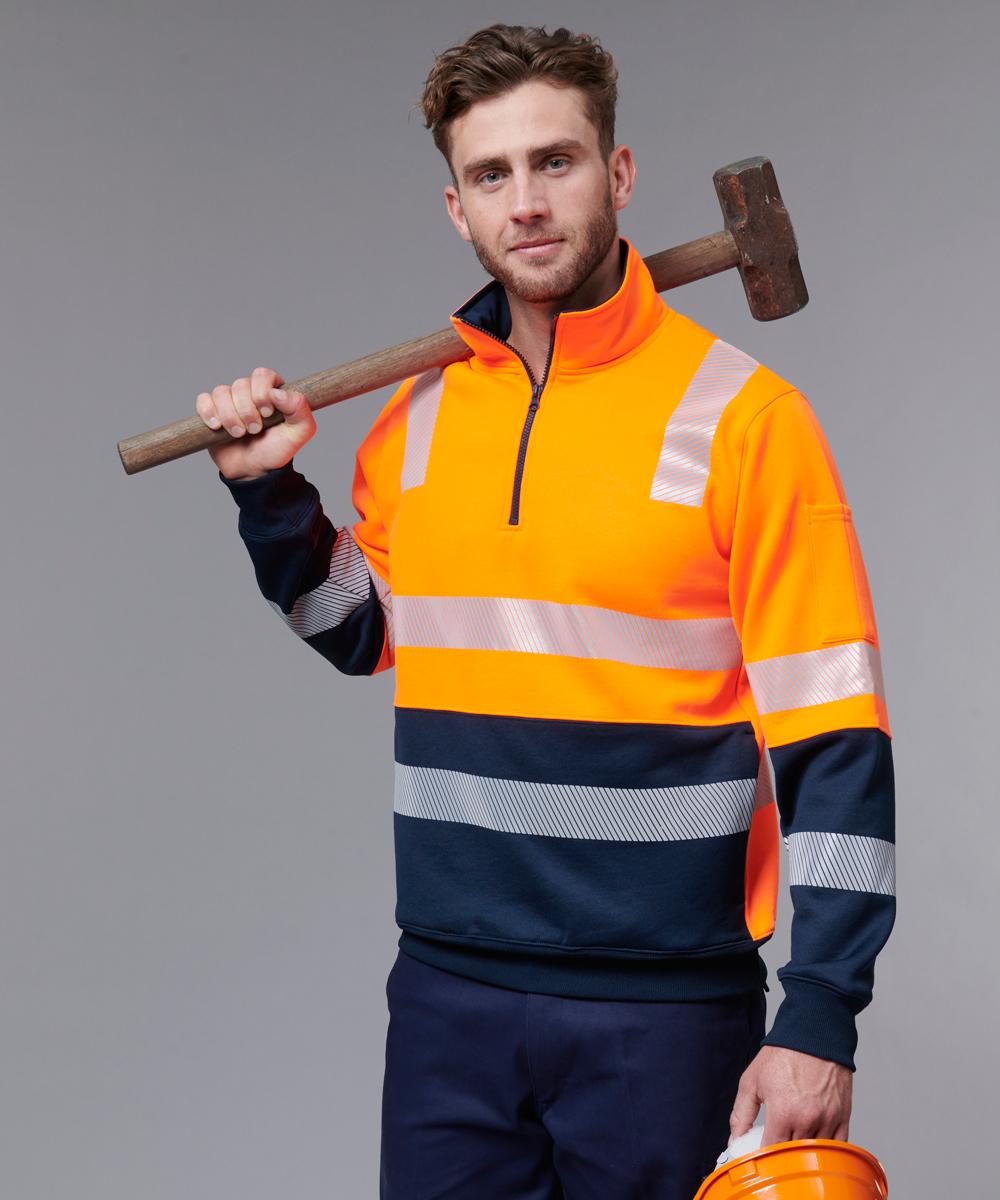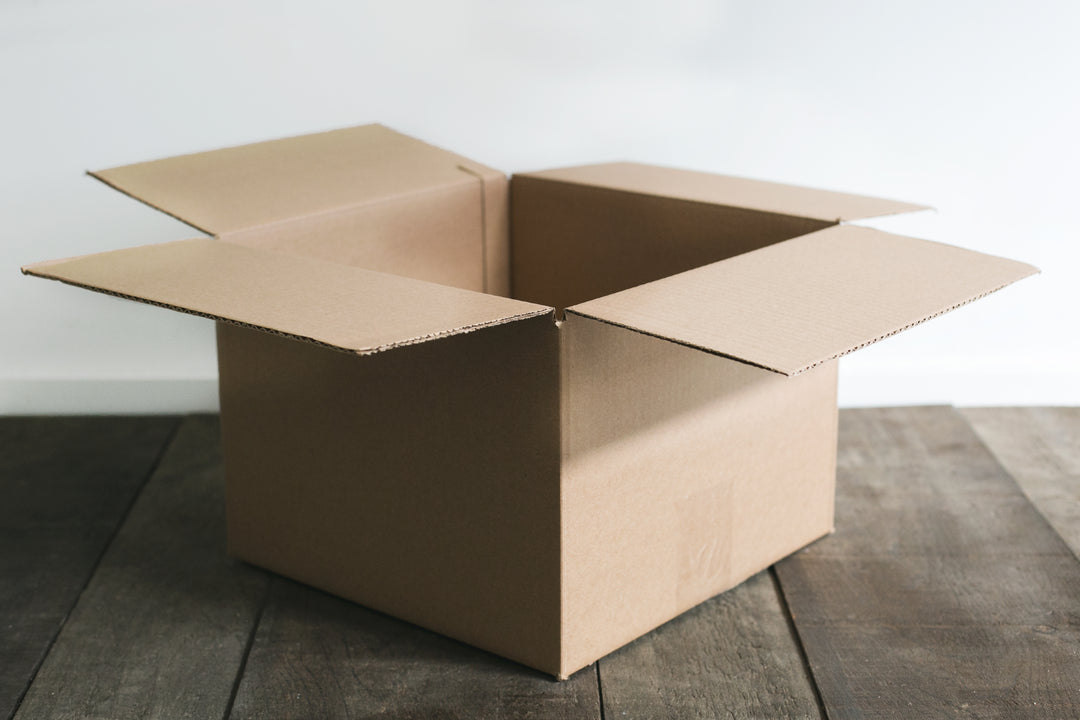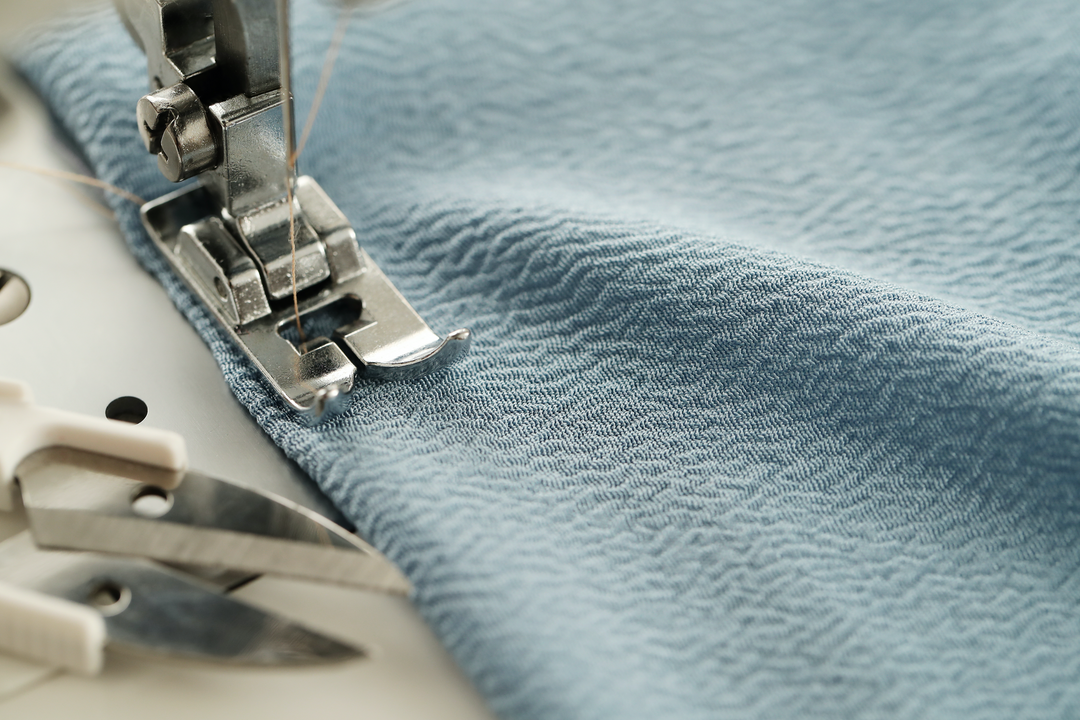Choosing the right method for custom garments
| Printing Method | Process | Pros | Cons |
|---|---|---|---|
| Embroidery | Stitching a design onto fabric using thread and a needle or embroidery machine |
|
|
| Screen Printing | Pushing ink through a stencil onto fabric using a mesh screen and a squeegee |
|
|
| Digital Transfer Printing | Printing a design onto transfer paper and then transferring it onto fabric using heat |
|
|
